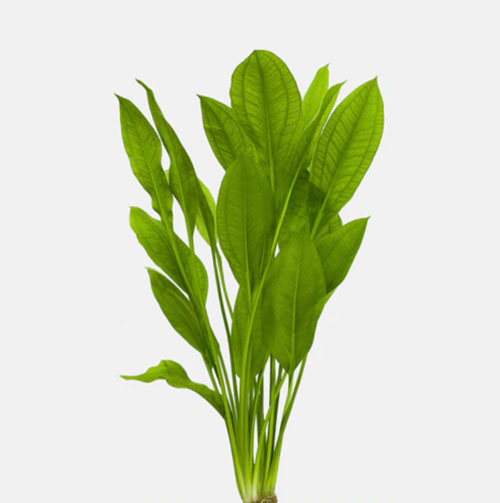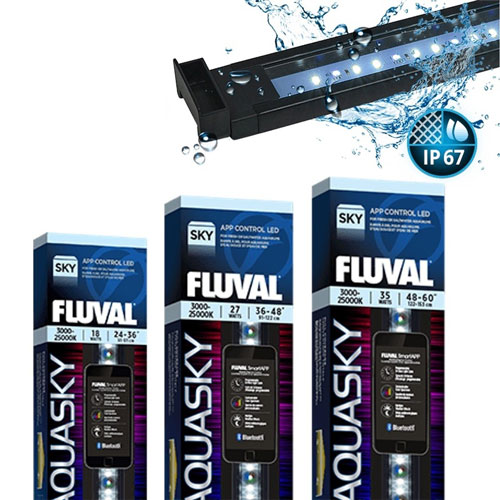How to Best Meet the Aquarium Lighting Needs of Your Plants
Posted by Artur Wlazlo on 11 Jan 2021
It can be daunting to figure out the best way to go about lighting your aquarium, especially if you’re a beginner. Lighting makes a significant difference in how your aquarium is viewed on the outside and how it flourishes within. There are several important factors to consider when deciding which lighting to install for your aquarium. Read more to discover the best aquarium lighting for your plants.
Brightness:
First, you’ll need to determine the brightness or the intensity of the lighting. How intense or bright your aquarium lights should be will depend on the type of plants you’re planning on growing in your tank. You’ll need to choose between low, medium, and high-intensity lighting. Intensity is measured in something called PAR (Photosynthetically Active Radiation).

- Low-Intensity Lighting: Think of undemanding plants, like Anubias, Ferns, or Crypts. These plants are easy to grow because they do not require intense lighting. We recommend that beginners use low-intensity lights for their aquarium and plants that flourish under such setting.
- Medium-Intensity Lighting: Most plant species will grow well under medium-intensity lighting (except for some carpeting plants), including those that can be grown in low-light environments.
- High-Intensity Lighting: A handful of plants, including some carpeting plants, will require high-intensity lighting. However, while the high-intensity lighting will result in more robust plant growth, it also demands more fertilization to meet the plant’s higher demand for nutrients. CO2 injection in high-intensity light set-ups is often helpful to accommodate the speedy plant growth and prevent undesirable algae.
Again, when you’re in the market for the best aquarium lighting for your plants, make sure you choose the lights that fit your needs.
LEDs:
There are several different kinds of lights available for purchase such as LEDs, fluorescent and incandescent. However, LED aquarium lights have proven to be simply the best. LEDS are capable of producing high brightness with a lower power consumption, meaning you’ll save money and energy without sacrificing light output. Plus, you won’t find it necessary to replace your LED aquarium lighting often (if ever).
Color Temperature:
Color temperature in your aquarium will be more a decision of preference. As you probably know already, lights vary in color temperature. Color temperature is measured in units of Kelvin (K). Daylight has a color temperature of approximately 6,500 K. The higher the Kelvin values, the more bluish the light becomes. Color temperatures of 8,000 K or above are most suitable for saltwater tanks. Color temperatures of 4,000 K or lower will give more yellowish or reddish hues. Consequently, for planted tanks we recommend color temperatures ranging from 5,500 K to 6,500 K.
Light Dispersion:
Light dispersion refers to the coverage area. Most high-quality LED lights provide excellent coverage area. For example, each LED light on the Fluval Plant 3.0 Bluetooth LED lights provide 120° of coverage for wider, uniform lighting without dead spots. Dispersion is important because any plants that are outside of the coverage area will not be able to get enough light and thus will not grow as well. Depending on how large (long) your aquarium is, you may need to buy multiple LED fixtures to ensure your aquarium plants get the best aquarium lighting.

While some of the terms above may be confusing and bewildering, when you invest in high-quality LED aquarium lighting from brands like Fluval or Finnex, you take guessing out of your decision. These high-quality lights are an excellent choice for your planted tank aquarium. These lights will help you ensure that your aquarium plants flourish. Find out more resources on how to make your aquarium flourish here.

